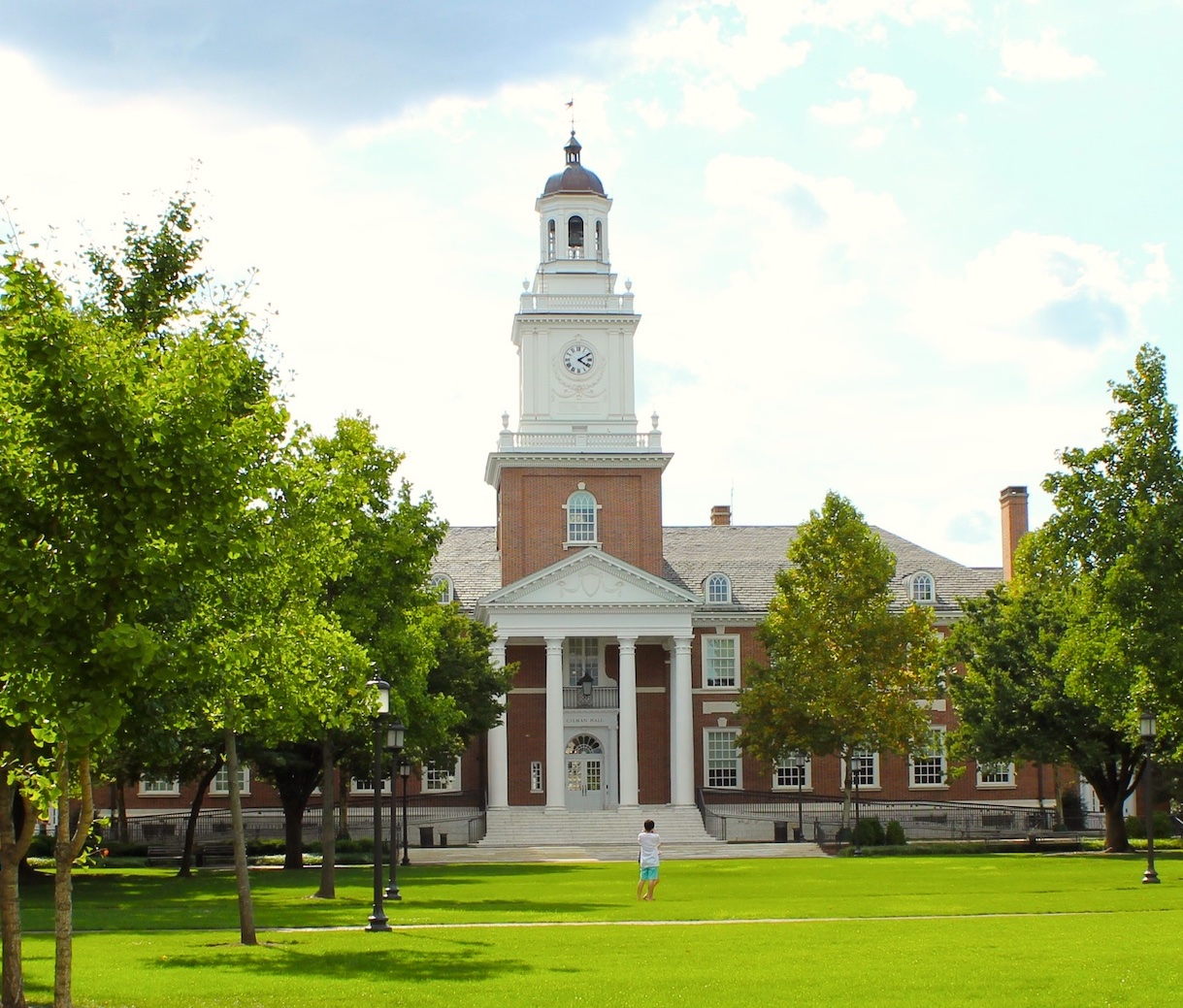Langmead Lab
Our group at the Computer Science department at Johns Hopkins University studies methods for Computational Genomics. The laboratory’s goal is to make high-throughput life science data as useful as possible to everyday life scientists.

High-throughput life science instruments, especially DNA sequencers, are improving rapidly. Sequencing has become a ubiquitous tool in the study of biology, genetics and disease. Today, because sequencing throughput is outpacing computer speed and storage capacity, the most crucial biological research bottlenecks are increasingly computational: computing, storage, labor, and power.
We pursue this goal by:
- Developing methods and software tools that are efficient, allowing researchers to interact with datasets quickly and effectively. See: Bowtie & Bowtie 2, Kraken 2, Dashing, Dashing 2, r-index, MONI, MOVI, SPUMONI, Vargas, Lighter, Samovar, Arioc, HISAT. See also our read alignment review.
- Developing scalable tools that allow researchers to work with very large datasets, or large collections of datasets. See: recount3, Snaptron, Megadepth, Recount, recount2, recount3, ASCOT, Intropolis, Monorail, Rail-RNA, Rail-dbGaP, Myrna, Crossbow, Boiler. See also our cloud computing review.
- Making output from our software as interpretable and free of bias as possible. See: Qtip, FORGe, Reference Flow and the related LevioSAM tool.
See Ben’s Google Scholar Profile for a full list of our publications.
We are passionate about teaching, both in the classroom at online e.g. in our highly-rated Algorithms for DNA Sequencing course on Coursera. We freely distribute teaching materials, including lecture videos, screencasts, lecture notes, and programming notebooks. These span subjects from programming in C/C++ to applied algorithms and data structures in computational biology. See the Teaching Materials page for links and details.
The lab is located at Johns Hopkins University in the Department of Computer Science.